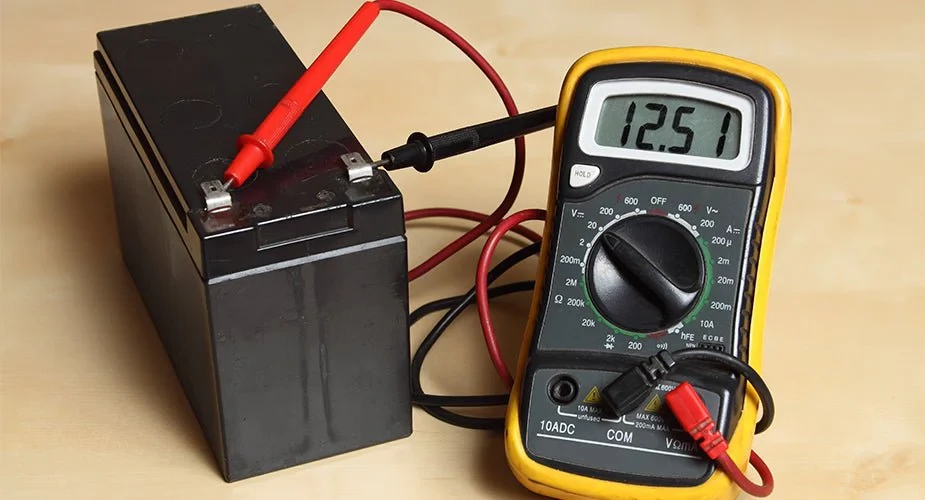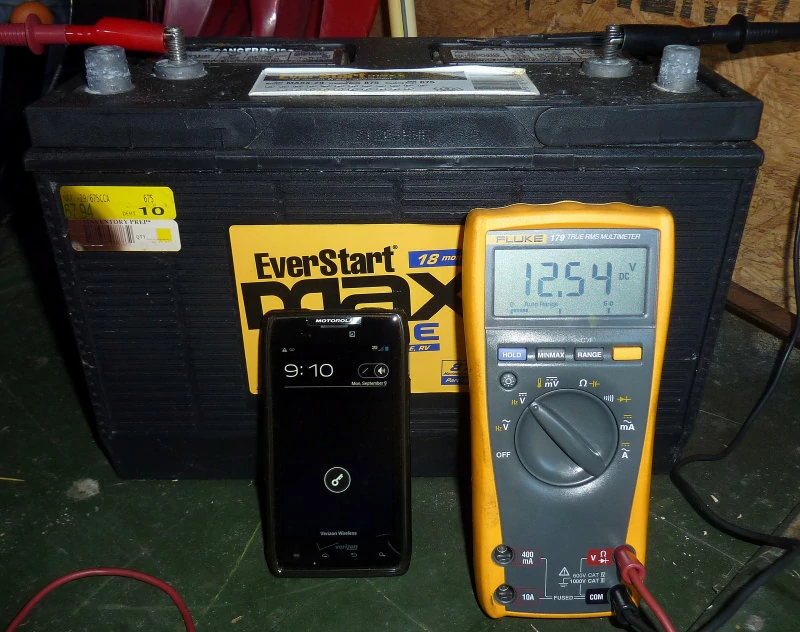Hygrothermal test The wet thermal test simulates the impact of wet and high temperature environments on batteries, and is especially suitable for use in high-humidity areas such as tropical and coastal areas. Through the test, you can verify the structural stability and tightness of the battery in a high humidity environment to ensure that it will not cause performance degradation…









